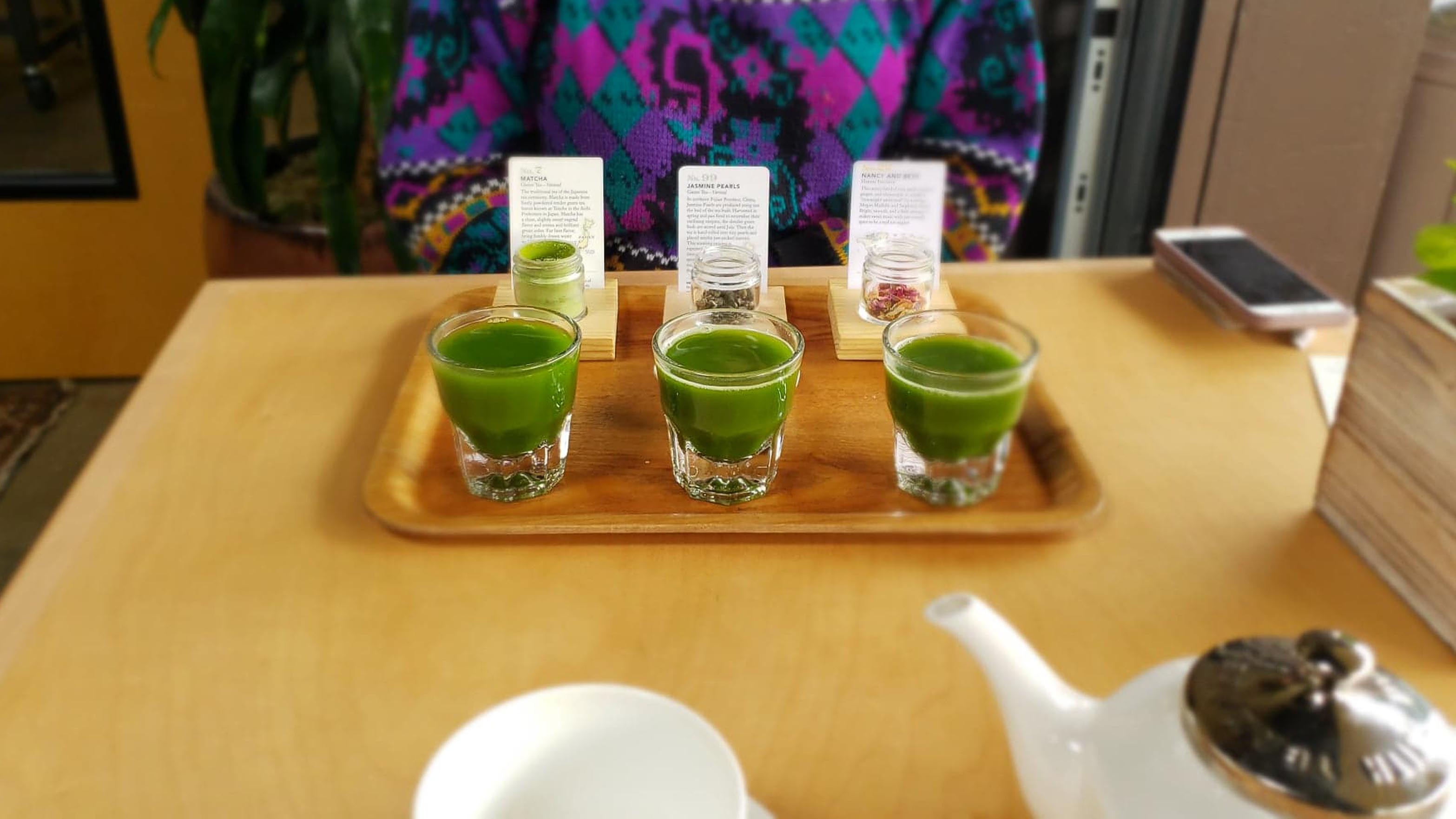We’ve all been socially isolating for a while now, and considering the scale of this pandemic, we’ll all be at home for a while longer. What better time to cook the things you never had time for before? I’m talking stock, sourdough starter, no-knead bread—all that good stuff. All these recipes take a few hours, days or even months, and you start to become attached to them after a while. They can be your friends while all your real friends are stuck at home. I’ve started dreaming about my sourdough starter. Please send help.
Homemade Stock
Ingredients:
- Literally anything and everything
Stock is one of the easiest things anyone can make, and it amazes me that more people don’t make it themselves. The only real barrier to cooking a great stock is time, and God knows we all have enough of that nowadays.
Your first step is to save any and all cooking scraps you might have. Onion skins? Chicken bones? Carrot roots? Throw them all in the freezer. These will be the base of your stock. I’ve used old fennel roots, dried mushrooms and the ends of celery for stock before. The truth is, you can really use anything you want. If you make your stock entirely out of scraps, it technically costs $0!
Once you’ve got your scraps, cut into large pieces if necessary and throw them in a big pot of water. Bring it to a boil. At this point, you can also add any whole spices you like, such as black peppercorns, cumin seeds or ginger slices. Take note of the aromatics you add, as this will determine what you can use your final stock for. Once it boils, skim off any scum off the top and lower it to a simmer at the lowest temperature possible. The choice is yours; you can simmer it for a few hours, a day or multiple days. The longer you simmer it, the more rich and intense the flavor will be. If you want it to be really intense, simmer your stock in a covered Dutch oven or any other heavy-bottomed, covered pot for up to 3 days. That’s how ramen chefs make their tonkotsu broth—the end result is a delicious, almost creamy soup broth.
Once your stock is done, you can use it right away, put it in the fridge or freeze it. I like to reduce a slow-simmered broth like this until it’s thick, almost like a glaze, and freeze it in an ice cube tray. Once it freezes, you have your own homemade bouillon cubes that are infinitely better than anything you could buy in a store.
Sourdough Starter
Ingredients:
- Flour
- Water
- Time
If you bake anything that needs yeast, you’ve probably noticed that there’s little to be found on the shelves. Thankfully, now we’re all home, we can make our own. Sourdough starter is how everyone baked bread before the invention of modern commercial yeast, and you can cultivate your own wild yeast with nothing more than flour, water and time.
First, mix together equal parts flour and water in a clear container—preferably glass, like a mason jar. It doesn’t matter what flour you use, as long as it’s unbleached; however, I recommend using whole wheat for the first few feedings so the yeast has more to eat. I highly recommend you use a scale to measure your ingredients. If you don’t have one, try to eyeball a thick consistency, a little thicker than lumpy pancake batter. The next day, depending on how much mixture you have in your container, discard half and feed it again with equal parts flour and water. From then on, for the next week or so, discard half of your mixture and feed it with equal parts flour and water every single day. You might see some bubbles and signs of life during the week or you might not. Trust in your starter and believe it will work. Just keep feeding it every day.
Around the end of the week, depending on lots of factors—how warm your house is, the type of flour you use, etc.—your starter should be bubbling and alive. To test it, feed it one more time and leave it for a few hours. Put a rubber band around the top of your starter and wait. If it doubles or triples in size from where it started, congrats! You have a live sourdough starter! For advice on what to bake with it, I’ll leave it to the experts. Just remember to feed it every day like a pet. Eventually you might get attached to it, like I have with Jack Sour. Yeah, I named my starter. Don’t judge me.
Cold Brew Coffee / Sun Tea
Ingredients:
- Coffee or tea
- Water
The best way to use up old, slightly stale coffee is by making your own cold brew. I’ve found myself in a situation where all my coffee is less than fresh, but I’m too scared to go out and buy more, so I’ve turned to cold brew. In a gigantic mason jar, I fill the filter with ground coffee and then fill the jar with water. Wait 24–48 hours, and bam! Cold brew!
If you don’t have a cold brew filter and a comically large mason jar like me, never fear—a French press works perfectly. Just pour in your coffee—more than you think you need—and your water and let it sit in the fridge. One to two days later, plunge down the filter and pour out your delicious, smooth, slightly sweet homemade cold brew.
For sun tea, it’s basically the same thing. The only difference is instead of putting it in the fridge, you just leave it in the sun—on your porch, your windowsill or wherever you can get good sunlight for most of the day. Put some loose leaf tea or tea bags in a French press, leave it out until the water turns the color of tea and enjoy.
Most of us never have enough time to cook, so why not take advantage of all this time stuck at home? The nice thing about these recipes is they only take five minutes of effort or less, and then a whole bunch of waiting around. You can just set it and forget it. Believe me, having homemade sourdough, cold brew and soup stock is one of the greatest pleasures known to humankind.






